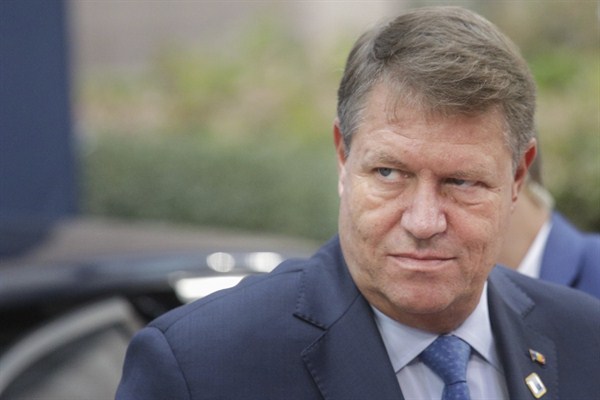Wedged between Central Europe, the Balkans and the former Soviet Union, Romania’s strategic importance is too often overlooked, given its legacy of poverty, corruption and government incompetence. A staunch U.S. ally with a relatively large population of 20 million, a diversified manufacturing economy, and a competent military and intelligence apparatus, some see Romania as the “new Poland”—at least before Poland’s rightward turn and falling-out with Brussels.
Romania’s parliamentary election on Dec. 11 should not change its pro-U.S. alignment, but there are fears that the likely triumph of a party with communist roots, the Social Democratic Party (PSD), could erode the growing strength of independent institutions, putting at risk the country’s recent progress. Donald Trump’s surprise election victory in the United States, meanwhile, risks creating a new reality for Romania, whatever the outcome.
Recent polls give the PSD, which is currently the largest party in parliament, around 40 percent of the vote or slightly above, with the second-largest party in parliament, the National Liberal Party (PNL), polling between 26 percent and 30 percent. The Save Romania Union (USR) of civic activist Nicusor Dan trails with around 10 percent, followed by the Alliance of Liberals and Democrats (ALDE) of former Prime Minister Calin Popescu-Tariceanu at 5 to 7 percent.

